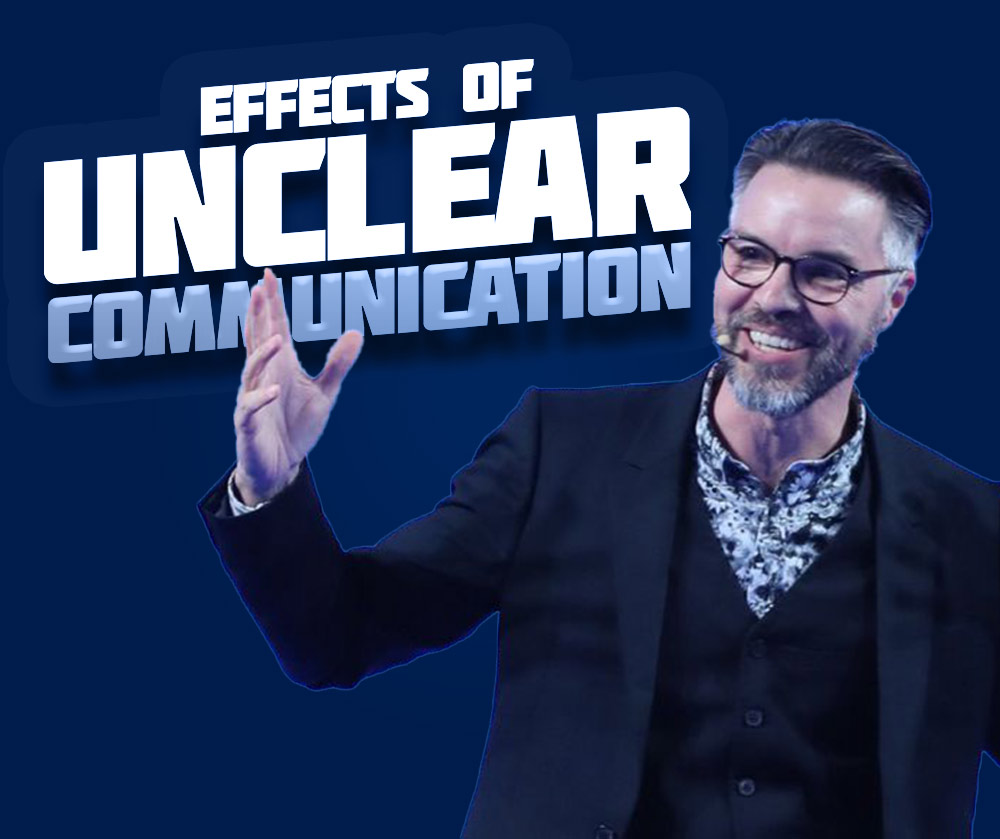When your communication is clear as mud …
I love this story from my good friend Per, whose passion is all about motorcycles, and the faster the better. This interest has caught on with his son Erik, who got his first motorcycle when he was about six years old:
One beautiful summer day they were both at a track to watch the racing. Erik was in a good mood. Then Per saw Tony Rickardsson nearby!
For those of you who don’t know: this man is a seven-time world champion at speedway! A living legend among motor enthusiasts. He went on, after his bike career, to win the Swedish version of Dance with The Stars, and that made him even more popular.
My friend Per saw Tony Rickardsson and the goal was set. He would get his autograph for little Erik. He pushed his way forward and reached Tony, took the red Ducati cap from Erik’s head, and asked Tony for an autograph. Tony was kindness personified. He smiled at Erik, got a pen, wrote his autograph on the cap, and then handed the cap to the boy.
Erik received it. He stared at the world champion with huge eyes. Then he started to frown. He flung the cap onto the dusty ground right in front of Tony’s feet.
“Erik! What are you doing! ” Said Per, who couldn’t believe what he was seeing.
“My cap is ruined!” Erik said.
“What?”
“I don’t want my Ducati cap to have an autograph from a damn dancer!” Erik said and stomped off. Behind him two surprised faces – father’s and superstar’s – watched him march away…
Let your colleagues know your goals and you will have far fewer misunderstandings.
In larger organisations you often have a matrix structure. At every crosspoint (e.g. product owner and regional sales) you will have a potential misunderstanding and even conflict. Especially if they don’t talk to each other.
Clear communication is essential for effective communication. However, sometimes communication can become unclear, leading to misunderstandings, frustration, and even conflict. When your communication is clear as mud, it’s time to reevaluate your communication style and strategies. In this article, we’ll explore common causes of unclear communication, its effects, and strategies for improving communication.
Common Causes of Unclear Communication
Unclear communication can have several causes, such as lack of clarity in the message, misinterpretation of nonverbal cues, use of jargon or technical language, cultural or language barriers, and inattention or distractions. For example, if you use complicated language or technical terms, it may be difficult for others to understand your message. Similarly, cultural differences and language barriers can create confusion and misunderstandings.
Effects of Unclear Communication

Unclear communication can have various effects, such as misunderstandings, confusion, frustration, delays, and conflict. Misunderstandings can occur when the message is not clear or is misinterpreted, leading to confusion and frustration. Delays can also occur when communication is unclear, as messages may need to be repeated or clarified. In extreme cases, unclear communication can lead to conflict and strained relationships.
Strategies for Improving Communication
To improve communication, several strategies can be used. First, it’s important to clarify the message and ensure that it is easily understood. This can be achieved by using clear and concise language and avoiding jargon or technical language. Additionally, it’s essential to consider cultural and language differences when communicating with others. Listening actively and seeking feedback can also help improve communication and ensure that the message is understood.
Conclusion
When your communication is clear as mud, it’s time to reevaluate your communication style and strategies. By understanding the common causes of unclear communication and its effects, you can adopt strategies to improve communication and avoid misunderstandings, confusion, and conflict. Remember to use clear and concise language, avoid jargon and technical language, and consider cultural and language differences. With these strategies, you can communicate effectively and achieve your goals.



